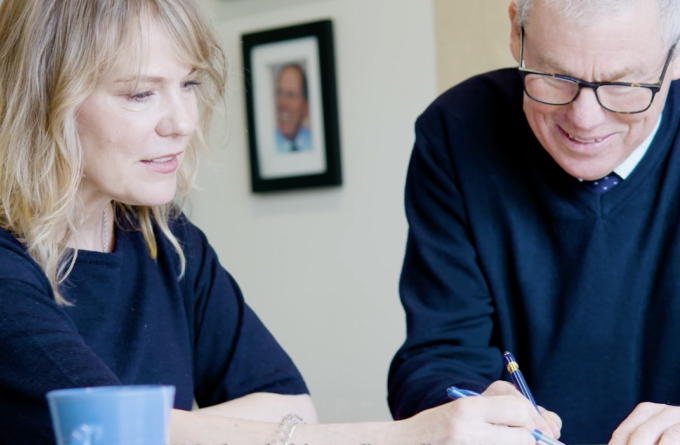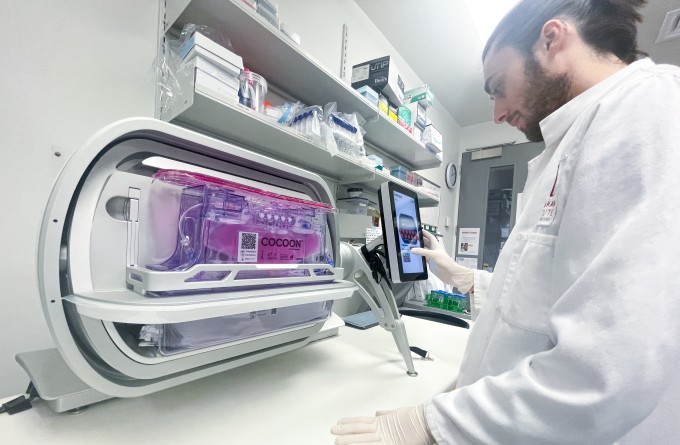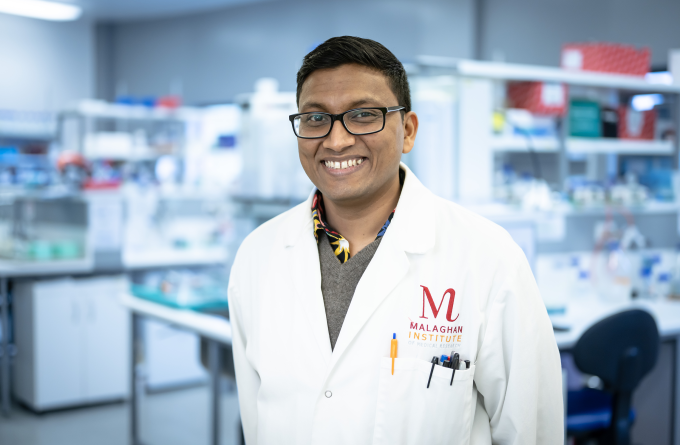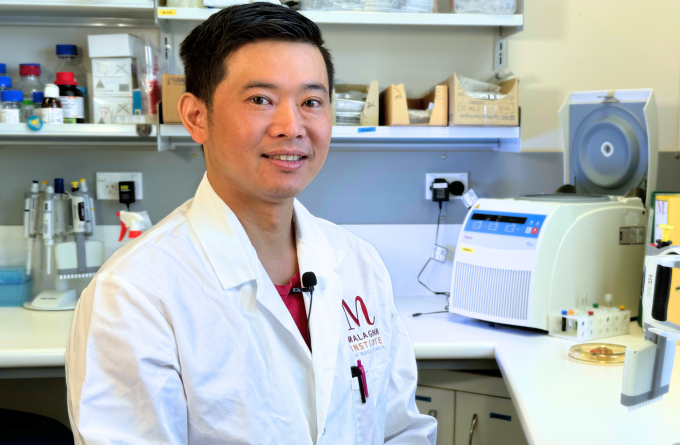21 May 2024
PhD student Jarem Wylie is researching ways to make CAR T-cell therapy even more effective and safer so that it can be applied to a broader range of cancers. His studies have taught him that negative results are as informative as breakthroughs in scientific discovery.
Working in the Hermans lab, Jarem’s research is part of the Malaghan Institute’s CAR T-cell programme, focusing on expanding and improving this cutting-edge technology.
“Currently, CAR T-cells have proven most effective against blood cancers. This is because CAR T-cells are injected into a patient’s blood stream and circulate until they encounter the cancer cells,” says Jarem.
However, CAR T-cell therapy has not been as successful with types of cancers that form solid tumours such as lung cancer or stomach cancer. The rapidly multiplying cells clump together to produce a mass that is difficult for CAR T-cells to target. Jarem’s PhD aims to find potential strategies to help CAR T-cells to overcome these hurdles.
“We’re currently investigating a range of approaches that may lead to the development of therapies that are more durable and effective at targeting different types of tumours, including solid tumours,” says Jarem.
Part of Jarem’s PhD has investigated combining CAR T-cells with a prodrug mechanism. Prodrugs are compounds which are inactive until activated by another molecule to become a potent drug. They can be used to help improve a medication or therapy’s effectiveness.
“We wanted to combine the ability of CAR T-cells to find, bind and destroy cancer cells with the potent effects of a prodrug that would further demolish cells when activated. Combined, we predicted this may provide the power needed to combat the stubborn clump of cancer cells present in solid tumours.”
He has spent years of his PhD developing and testing this mechanism in what he describes as a “balancing act of many moving parts”.
Jarem worked with nitroreductase, a bacterial enzyme that has previously been modified to activate different prodrugs.
“We've engineered CAR T-cells to include this nitroreductase enzyme. This enzyme only works once the CAR T-cell binds to a cancer cell,” says Jarem.
“Once bound, the enzyme waits for the prodrug to be introduced.”
He then tested several dozens of potential prodrugs to find one that would be suitable. The last stage involved testing this mechanism to determine if it would be feasible as a cancer therapy.
“Once the compound of CAR T-cell with enzyme is administered, the CAR T-cells will navigate to the tumour. Then, we administer the prodrug, which finds its way to the enzyme, now bound to the tumour cells. This activates the cell-destroying predrug within the tumour,” say Jarem
The prodrug Jarem used has a by-stander effect. This means that once the CAR T-cell has attached to one cancer cell, the cells surrounding that spot should be destroyed as well.
“In theory, this is a really elegant mechanism for targeting and destroying tumour cells, however, the practicality of this mechanism has proven to be difficult and hasn’t been successful when tested in the lab.”
“That’s the side of science that we don’t often talk about, when something we test doesn’t work out the way we expect. Yet, discussing negative results is just as important as the breakthroughs. It allows us to understand what doesn’t work in a particular context to refine our research direction.”
“Cancer research is a marathon rather than a sprint.”
All hope is not lost as Jarem is now looking to test if the prodrug mechanism can instead be used as a safety mechanism in CAR T-cell therapy. This would apply the cell-destroying action to target CAR T-cells in case they need to be terminated.
“We’re investigating if we can use the nitroreductase-prodrug mechanism to create a safety switch which pulls the brakes on CAR T-cell activity. We can use this in case a patient suffers severe side effects from CAR T-cell treatment.”
Jarem’s drive to improve cancer treatment is motivated by witnessing his brother's battle with osteosarcoma, a type of bone cancer, and how difficult a time this was for his family. Since his diagnosis at sixteen, Jarem’s brother has recovered fully.
“I want to help families who are affected by cancer by finding alternative cancer treatments to what is currently available in our healthcare system.”
Growing up in Brooklyn, Wellington, Jarem's life took an adventurous turn in 2012 when his father got offered a job at Microsoft in Seattle, USA. Jarem lived there for eight years, doing his undergraduate in Biology at the University of Washington.
Coming back to New Zealand in 2020 he came across this PhD and saw it as an opportunity to make a difference in cancer research.
“Cancer research is a marathon rather than a sprint. Negative results can be frustrating, but every dead end in the lab pushes us closer to the right path.”
Related articles

Kjesten Wiig: bringing life-changing treatments to life
27 February 2025

Malaghan CAR T-cell cancer therapy trial expands to Christchurch and Auckland
24 February 2025

Cancer Research Trust grant to improve CAR T-cell therapy
12 February 2025

World-renowned cancer pathologist joins the Malaghan Institute as Distinguished Research Fellow
19 December 2024

Fighting allergic skin disease at its root
17 December 2024

New Zealand to New York and back again: Malaghan researcher tackling liver cancer
18 November 2024
